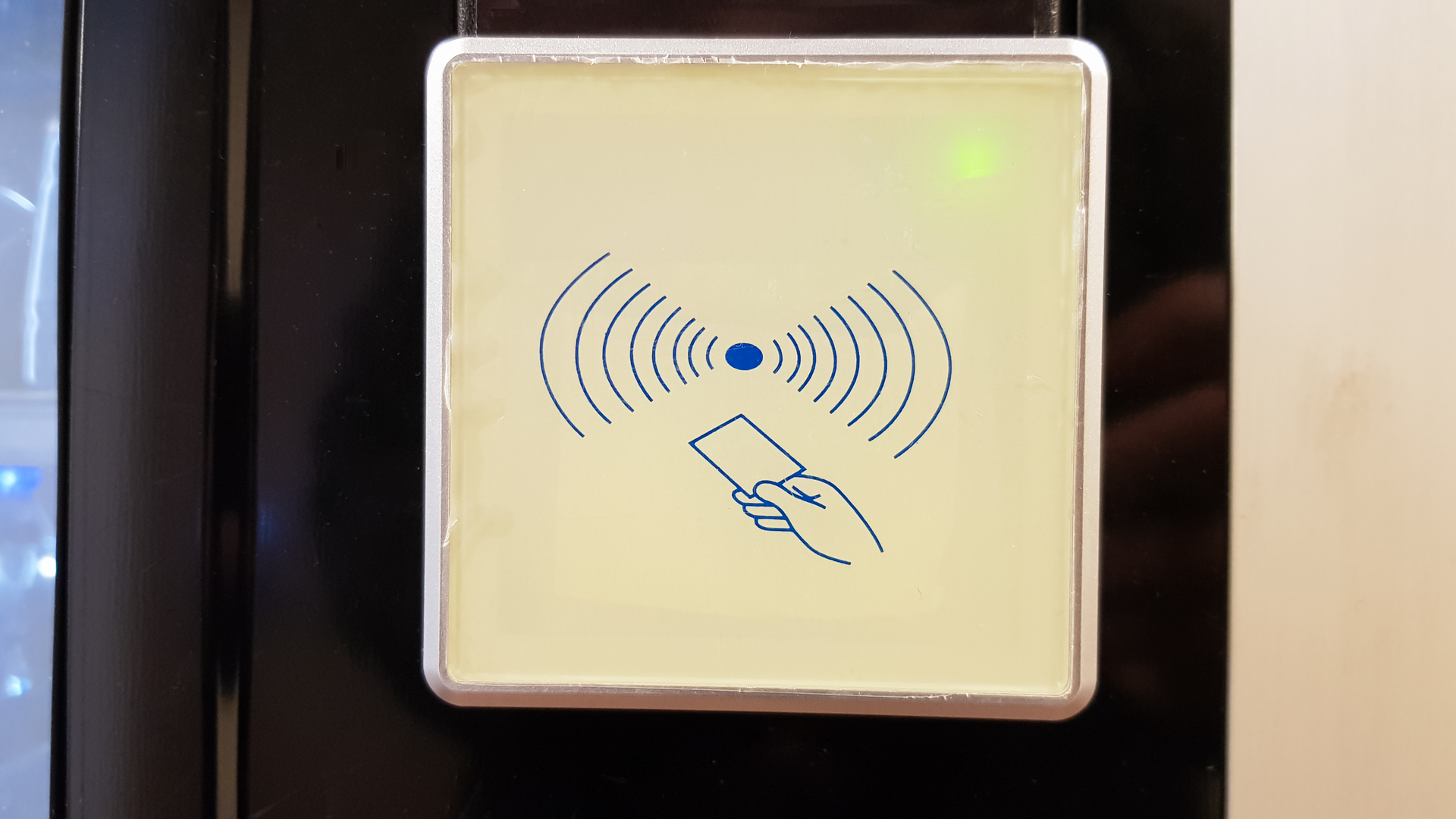Keycard systems have increasingly become a vital part of security infrastructure in various establishments, ranging from corporate offices to hotels. The use of these systems has proven to be an efficient, secure, and convenient method of controlling access to buildings and specific areas within them.
The Mechanics of Keycard Entry Systems
At the heart of a keycard entry system is a technology that allows for the reading and verification of data stored on a keycard. When a keycard is presented to a keycard scanner, the scanner reads the information on the card.
The system then checks this information against the existing database. If the data match, the scanner sends a signal to the door lock to open. This process is typically fast, making keycard entry systems a preferred choice for high-traffic areas.
However, the effectiveness of a keycard entry system significantly depends on the technology used. Common types include magnetic stripe cards, proximity cards, and smart cards. Each type comes with its strengths and weaknesses, affecting the level of security and convenience it provides.
Advantages of Keycard Entry Systems
Keycard entry systems offer several benefits over traditional lock-and-key systems:
- Improved Security: Keycard security is enhanced as each card can be programmed for individual access. This means that access can be restricted to specific times and areas, providing an additional layer of security.
- Easy Management: In a key card door entry system, lost or stolen cards can be quickly deactivated and replaced. This is much simpler and cost-effective compared to changing locks and distributing new keys.
- Audit Trails: Keycard entry systems for buildings can track and record each card’s use, providing a history of who entered which areas at what times. This data can be crucial during investigations.
Magnetic Stripe Cards, Proximity Cards, and Smart Cards: A Comparative Analysis
Magnetic Stripe Cards
Security: Magnetic stripe cards store data on a magnetic layer on the back of the card. They were widely adopted due to their simplicity and cost-effectiveness. However, their security level is relatively low as the data can be easily copied or cloned using a simple card reader and writer, making them susceptible to fraud.
Convenience: These cards are convenient to use as they only need to be swiped through a reader. They are widely used in credit cards, hotel room keys, and some access control systems. However, the magnetic stripe can wear out over time, affecting the card’s functionality.
Proximity Cards
Security: Proximity cards, or RFID cards, operate using radio frequencies. They offer a higher level of security compared to magnetic stripe cards as they are more difficult to clone. However, they can still be vulnerable to sophisticated attacks like skimming and eavesdropping, where an unauthorized reader captures the card’s data.
Convenience: Proximity cards are extremely convenient. They do not require direct contact with the reader, allowing the cardholder to gain access by simply being within a certain range of the reader. This makes them ideal for environments where quick, hands-free access is beneficial.
Smart Cards
Security: Smart cards are the most secure of the three. They contain an embedded microprocessor that can process and store large amounts of encrypted data. This significantly reduces the risk of data being cloned or manipulated. Furthermore, they can support multiple forms of authentication (like PINs or biometrics), providing an additional layer of security.
Convenience: Smart cards can be contact-based or contactless. Contact-based cards need to be inserted into a reader, while contactless ones work similarly to proximity cards. However, the need for additional authentication (like a PIN or biometric) might slow down the access process. On the other hand, smart cards can support various applications on a single card (e.g., access control, payment systems), which enhances convenience.
In summary, while magnetic stripe cards are convenient and cost-effective, they provide the lowest security level. Proximity cards offer a balance of convenience and increased security, while smart cards provide the highest security level but may require additional authentication steps, slightly decreasing their convenience. The choice between these card types will depend on the specific security requirements and the convenience level desired for the use-case at hand.
Examples of industries or applications where each type of card is commonly used

Magnetic Stripe Cards
- Banking and Retail: Used in credit/debit cards for their cost-effectiveness and ease of use, but progressively replaced by EMV chip cards for better security.
- Hotels: Commonly used as room keys due to their ease of encoding and replacement.
- Transit: Utilized for single or multiple ride passes; however, more robust systems are gradually replacing them.
Proximity Cards
- Offices and Corporate Buildings: Adopted for access control due to the balance they provide between security and convenience.
- Parking Facilities: Used for hands-free access to parking facilities.
- Healthcare Facilities: Employed to control access to restricted areas in hospitals and clinics.
Smart Cards
- Government and Military: Preferred for high-security applications like secure access to buildings, networks, and email encryption.
- Healthcare: Utilized to store patient’s medical history securely on the card.
- Banking: EMV chip cards, a type of smart card, are now standard for secure transactions.
- Public Transit: Contactless smart cards are used for quick, tap-and-go entry in some city transit systems.
Keycard Security: Challenges and Solutions
Despite their advantages, keycard systems are not without challenges. For instance, they may be vulnerable to cloning or hacking. A robust key card security system needs to mitigate these risks.
One of the ways to enhance a door key card system’s security is by incorporating biometric authentication. This could include fingerprint or facial recognition, providing an extra layer of security.
Regular software updates are also crucial in keeping the system secure from new threats. These updates often come with patches for known vulnerabilities that could be exploited by malicious entities.
The Key Role of Keycard Systems
Keycard systems have revolutionized how access is controlled in various establishments. Their ease of use, improved security, and the ability to easily manage user access make them an essential part of today’s security infrastructure. With continued advancements in technology, keycard systems will only become more secure and convenient in the years to come.
In the ever-evolving world of technology, keycard systems stand as a testament to the power of innovation in enhancing security. They serve as a key player in the overall security strategy of businesses and organizations globally, protecting assets and individuals alike.
